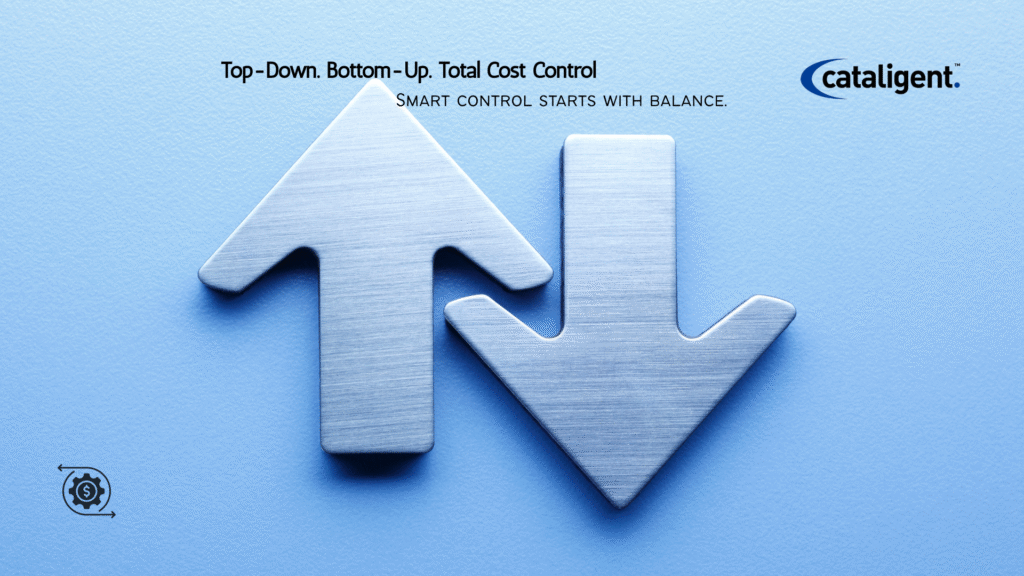Change Management as the Catalyst: Driving Cultural Shifts that Last

What is Change Management in Transformation? Change management is not just about new tools or revised workflows; it is the structured discipline of guiding individuals, teams, and organizations through the shift from the current state to a desired future state. Successful change management ensures that transformation goes beyond processes and technology, embedding cultural shifts that […]
Embedding Risk & Compliance as the Backbone of True Transformation

What is Risk & Compliance in Business Transformation? Risk and compliance are not side activities within transformation—they are the backbone that holds transformation efforts together. Business transformation often involves structural changes, technology adoption, new processes, and cultural shifts. Each of these areas comes with inherent risks: financial, operational, regulatory, and reputational. Compliance ensures organizations stay […]
Agility at Scale: How Portfolio & Program Management Reshapes Transformation Journeys

What is Agility at Scale? Agility at scale is the ability of organizations to adapt rapidly, continuously, and efficiently while managing multiple programs and portfolios simultaneously. Unlike traditional project delivery, where agility is often limited to small teams, scaled agility ensures that flexibility extends across the entire enterprise. This means that even as organizations grow […]
Incident & Service Request Management: Minimizing Downtime & Maximizing Satisfaction

What is Incident & Service Request Management? Incident and service request management is a foundational component of IT Service Management (ITSM) that focuses on efficiently handling IT issues, service requests, and user queries. Incidents are unplanned interruptions or reductions in the quality of IT services, while service requests are formal user demands for information, access, […]
Audit & Status Reporting for Identifying Cost Overruns

What is Audit & Status Reporting for Cost Control? Audit and status reporting is a structured, continuous approach to tracking, reviewing, and analyzing financial and operational activities to identify potential cost overruns, inefficiencies, and misalignments with budgets. Through frequent audits, organizations examine project expenditures, departmental spending, and operational workflows to ensure that all financial activities […]
Top-Down & Bottom-Up Targeting: The Dual Approach to Cost Control

What is Top-Down and Bottom-Up Targeting? Top-down and bottom-up targeting is a dual methodology designed to achieve sustainable cost control by combining executive strategic goals with operational insights from the ground level. Top-down targeting involves leadership setting ambitious, organization-wide cost reduction objectives based on strategic priorities, budget limitations, and financial goals. Bottom-up targeting complements this […]
